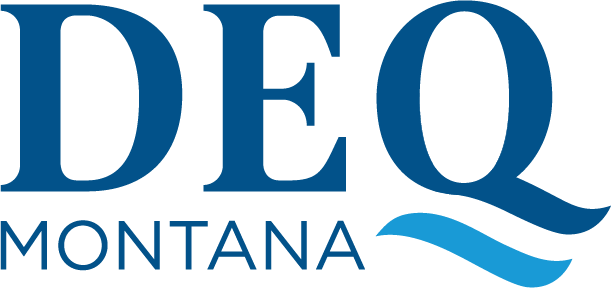Program Overview
SMART Schools is no longer an active DEQ program. For questions related to funding for school energy projects, please reach out to Bonnie Rouse at (406) 444-4956.
SMART Schools is a friendly competition to encourage Montana's K-12 schools to integrate lessons and projects relating to resource conservation, efficiency and healthy schools. There are 8 different student driven project categories from which to choose. This year, at the end of the challenge, 10 winners will be selected, and each will receive a $2,000 award. Teachers can use this money for their classrooms or project continuation.
SMART Schools Contacts
Have Questions? Please contact:
Bonnie Rouse (406) 444-4956
The winning SMART Schools are ($2,000 each):
- Kessler Elementary School
- Central School
- Arlee High School
- Boulder Elementary School
- Capital High School
- Cohagen School
- Butte High School
- Kalispell Middle School
- Red Lodge High School
- Clark Fork School
More details on Lead in Schools >>
Montana Department of Public Health and Human Services (DPHHS) has rolled out a Lead Reduction in Schools Drinking Water Rule. This rule was enacted to protect school children by minimizing lead levels in drinking water provided at Montana’s schools.
Children are the most susceptible to lead exposure and spend a large amount of their childhood in schools. It is extremely important that schools are providing safe drinking water.
Montana Department of Environmental Quality (DEQ) is partnering with DPHHS to provide sampling and remediation technical assistance and guidance to schools.
Asbestos and School Buildings >>
Public and non-profit private schools have distinct regulatory requirements to protect school children and school employees from asbestos exposure. This page provides information on these requirements as well as resource materials for schools and parents.
Montana School Health Rules 37.111.801 >>
This addresses matters of health in Montana schools. Adoptions to the rules were filed with the Montana Secretary of State on January 7, 2020 and posted to in the Administrative Register on January 17, 2020.
Prior to these revisions, the school rules were last updated 1986. The administrative rules are designed to protect the health and safety of Montana students. The Department of Public Health and Human Services is coordinating with DEQ, OPI, education advocates, and other stakeholders to provide support and guidance to schools working towards compliance.
